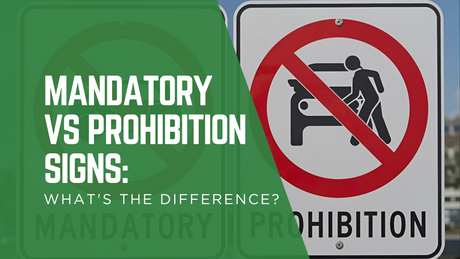When it comes to workplace safety and environmental compliance, spill kits are essential. But how well do you really know your spill kit? Let’s dive into some of the most common questions businesses ask.
How many times can a spill kit be used?
Spill kits are generally built for emergencies, restocked for reliability. Once used to clean up a spill, the absorbents inside must be disposed of properly according to waste regulations. You can reuse the container and restock the kit with fresh contents.
How do you maintain a spill kit?
-
Regular Inspections
Conduct routine inspections to ensure your spill kit is fully stocked and that all items are in good working condition. This helps you quickly identify and replace any missing, used, or damaged components. -
After Each Use
Always replenish the spill kit immediately after use. Replace any absorbents, PPE, or other items that were used or damaged to ensure the kit is ready for the next emergency. -
High-Risk Workplaces
In environments with a higher risk of spills—such as construction sites, factories, or workshops—spill kits should be checked and restocked more frequently. Monthly, bi-monthly, or quarterly inspections may be necessary depending on the level of risk. -
Adapting to Workplace Changes
Regularly assess your workplace for changes such as new equipment, processes, or materials. These changes may introduce new hazards, requiring updates to your spill kit contents to ensure they match your current risks. - General Maintenance Tips
Ensure all components are clean, dry, and intact.
Check that labels and signage on the kit are clear, legible, and visible.
Store kits in accessible and clearly marked locations.
How long do spill kits last?
Spill kits can last years, depending on storage conditions and the type of absorbents used. Heat, humidity, and UV exposure can shorten their shelf life. Always check packaging integrity, date of last audit, and cleanliness of kits to up keep maximum longevity! Regularly checking and restocking your spill kits is crucial for up keep.
Do spill kits need to be inspected?
Yes! Regular inspections are recommended to ensure your spill kit is complete, accessible, and ready to use. Many businesses incorporate inspections as part of their workplace safety routine.
To keep you compliant with regulations, our technicians tag and date each spill kit and provide a detailed report checklist. We offer flexible servicing schedules tailored to the specific needs and usage of your business, including quarterly site visits (four per year), bi-monthly visits (six per year), and monthly visits (12 per year).
What are the 3 main types of spill kit?
General Purpose – For non-hazardous spills like water, oils, and coolants.
Oil & Fuel – Hydrophobic kits that absorb hydrocarbons and repel water.
Chemical – For hazardous and aggressive liquids such as acids or solvents.
Is a spill kit considered PPE?
No, a spill kit is not classified as PPE (Personal Protective Equipment). However, some PPE items like gloves, goggles, and coveralls are included inside the kit for safety during clean-up
What are the 3 main types of spill kit?
A spill kit checklist is a tool used to verify the contents of the kit and ensure it's in working order. It typically includes:
Inventory of absorbents and PPE
Container condition
Expiry dates
Inspection record
Need help inspecting or restocking your spill kits?
At Super Spill Solutions, we offer onsite spill kit inspections, maintenance, and replenishment to keep your workplace compliant and safe.
Contact us today!




